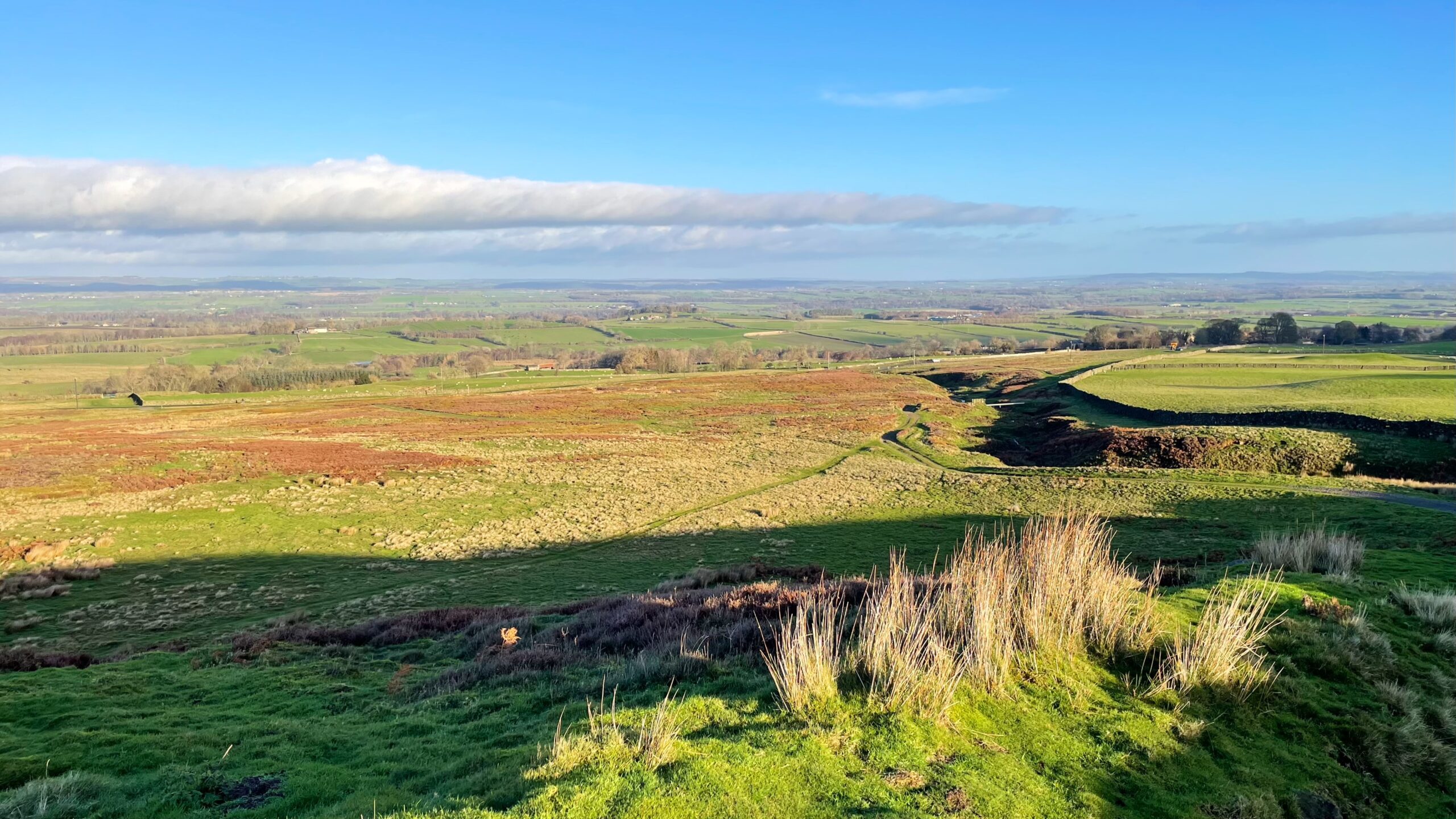-

A Heart over The Ship Inn
Is that a heart floating above The Ship Inn at Old Saltburn. Charming. The pilot must have been struck by a fit of sentiment, or perhaps simply bored stiff. Back in the eighteenth century this tiny fishing village beneath Huntcliff and the ever-so-subtle Cat Nab managed to support four inns, plus enough gin shops to…
-
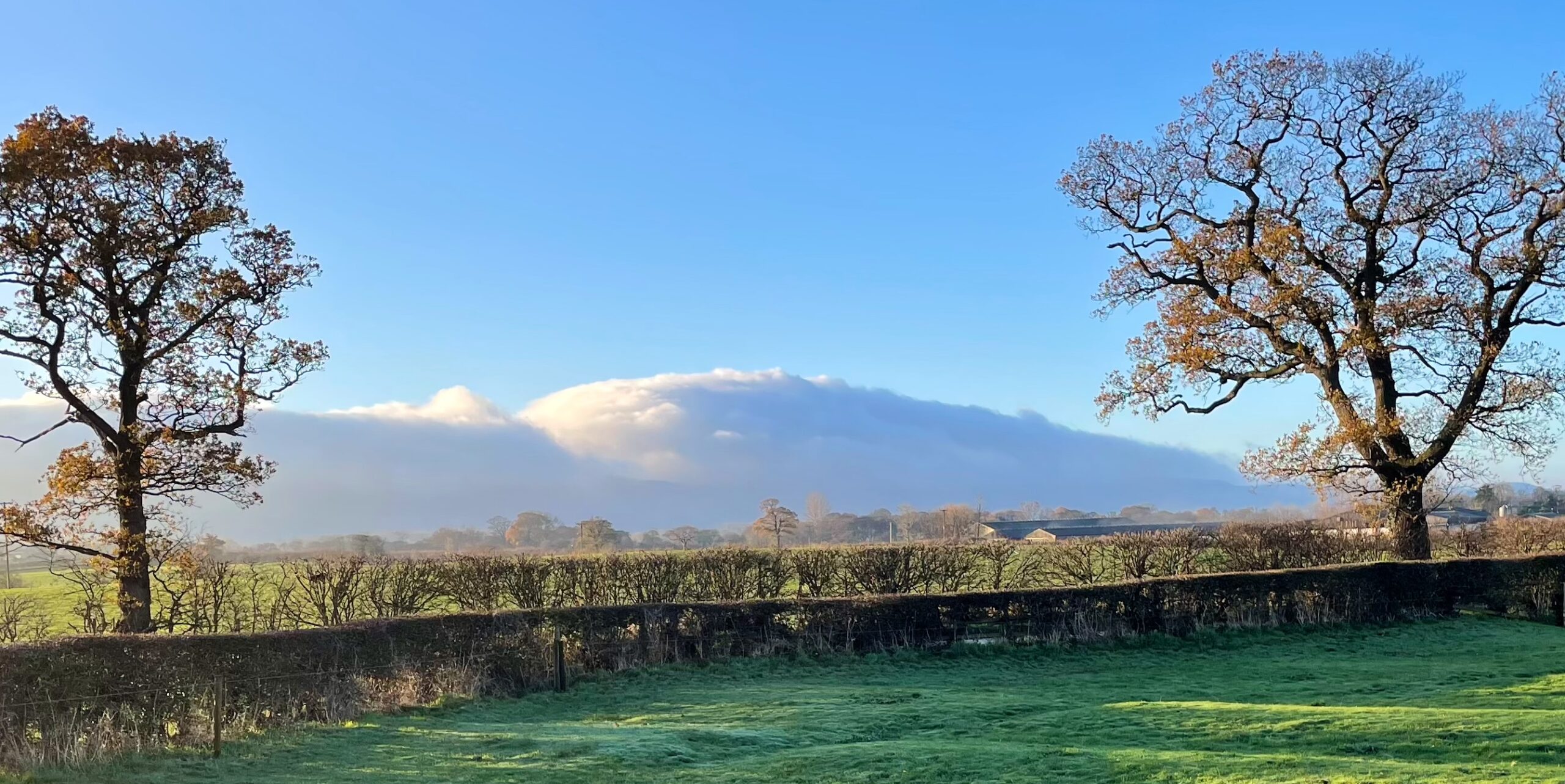
Cloud Duvet over the Cleveland Hills
The morning sky was as clear as one could hope for December, though the Cleveland Hills had chosen to hide beneath a bank of cloud. One could call it an orographic cloud, if one wished to sound as if one had paid attention in geography lessons. The term comes from the Greek oros for mountain,…
-
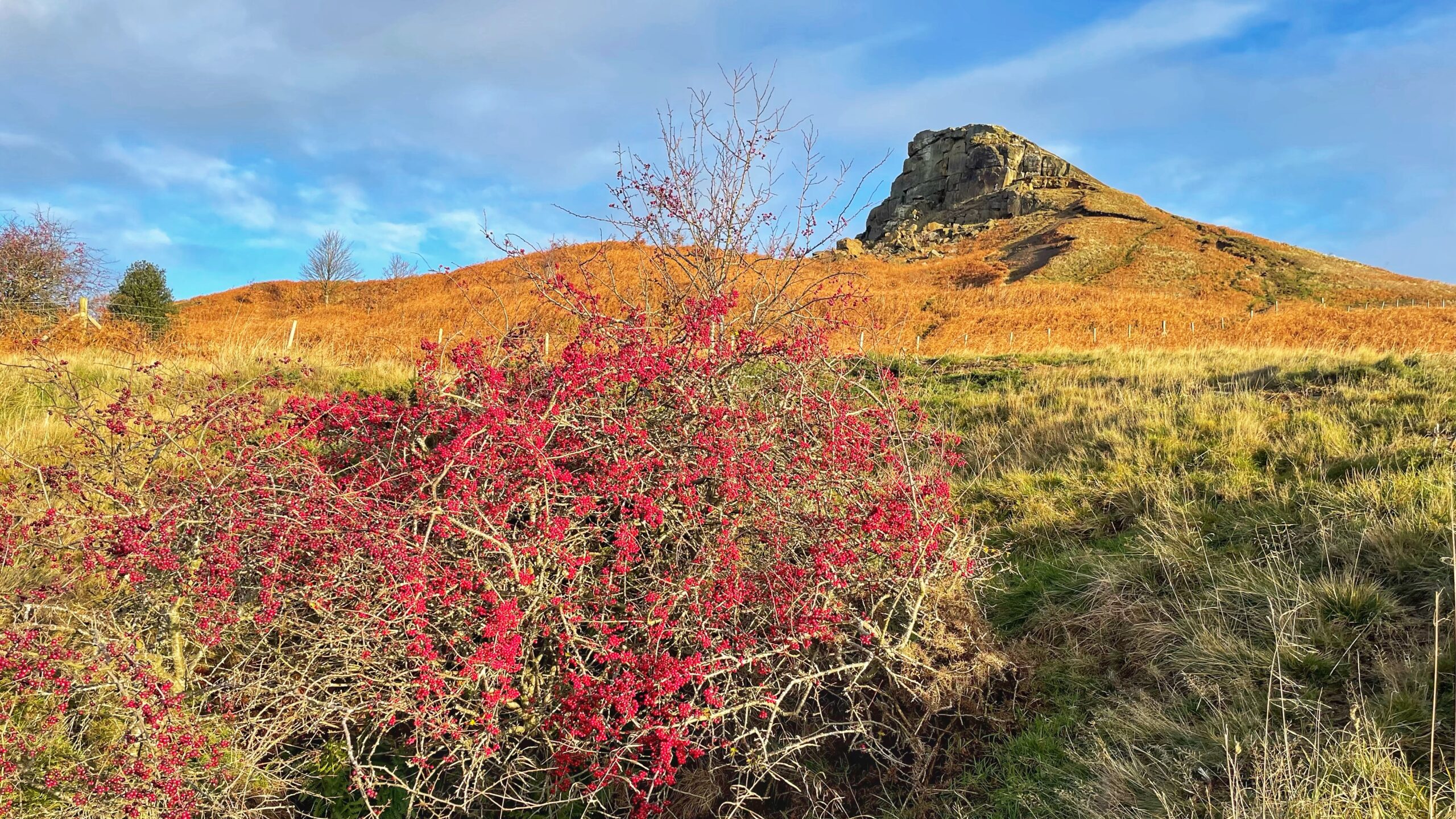
December Arrives and Haws for the Birds
And so we stumble into December, once the proud tenth month of a Roman calendar designed by people who thought it wise to leave sixty days of winter adrift like sheep in a snow drift. Eventually they realised this was a fool’s errand, tacked on January and February, and shuffled December to twelfth place. One…
-
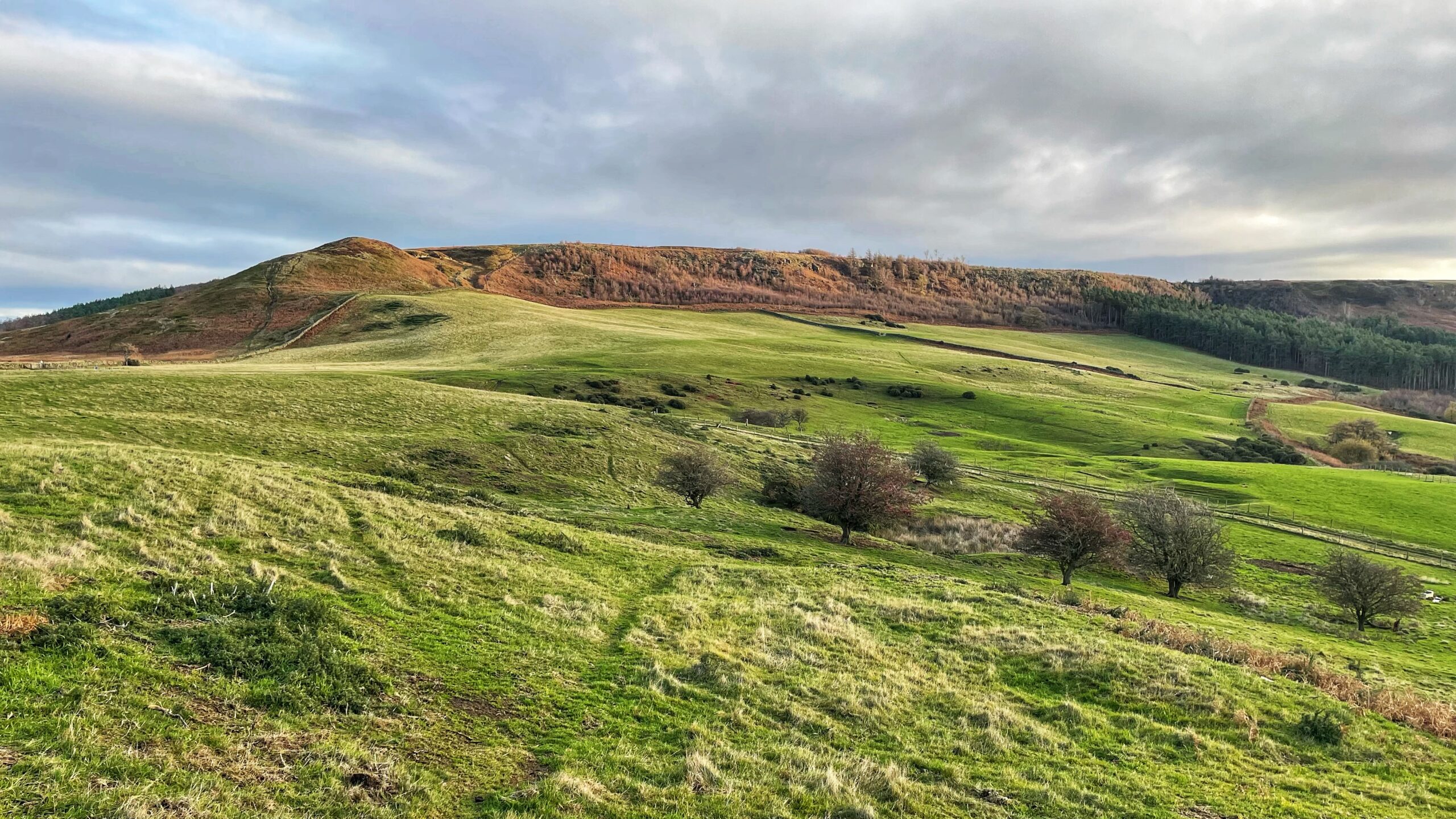
A Quarter Century of the Right to Roam, More or Less
Today brings a double milestone for those in England and Wales who find the open air rather more enticing than the sofa. It is twenty-five years since the Countryside and Rights of Way Act 2000 marched through Parliament and twenty years since its promised freedoms finally reached the boots of the public. Since then, the…
-

Paths on the Map but not on the Ground
This boundary stone on Great Ayton Moor stands on its highest point as though it has nothing better to do than provide a focus to anyone passing by. A glance at the O.S. map shows this top lies on a junction of a Public Bridleway between Gribdale and Hutton, plus two Public Footpaths approaching from…
-
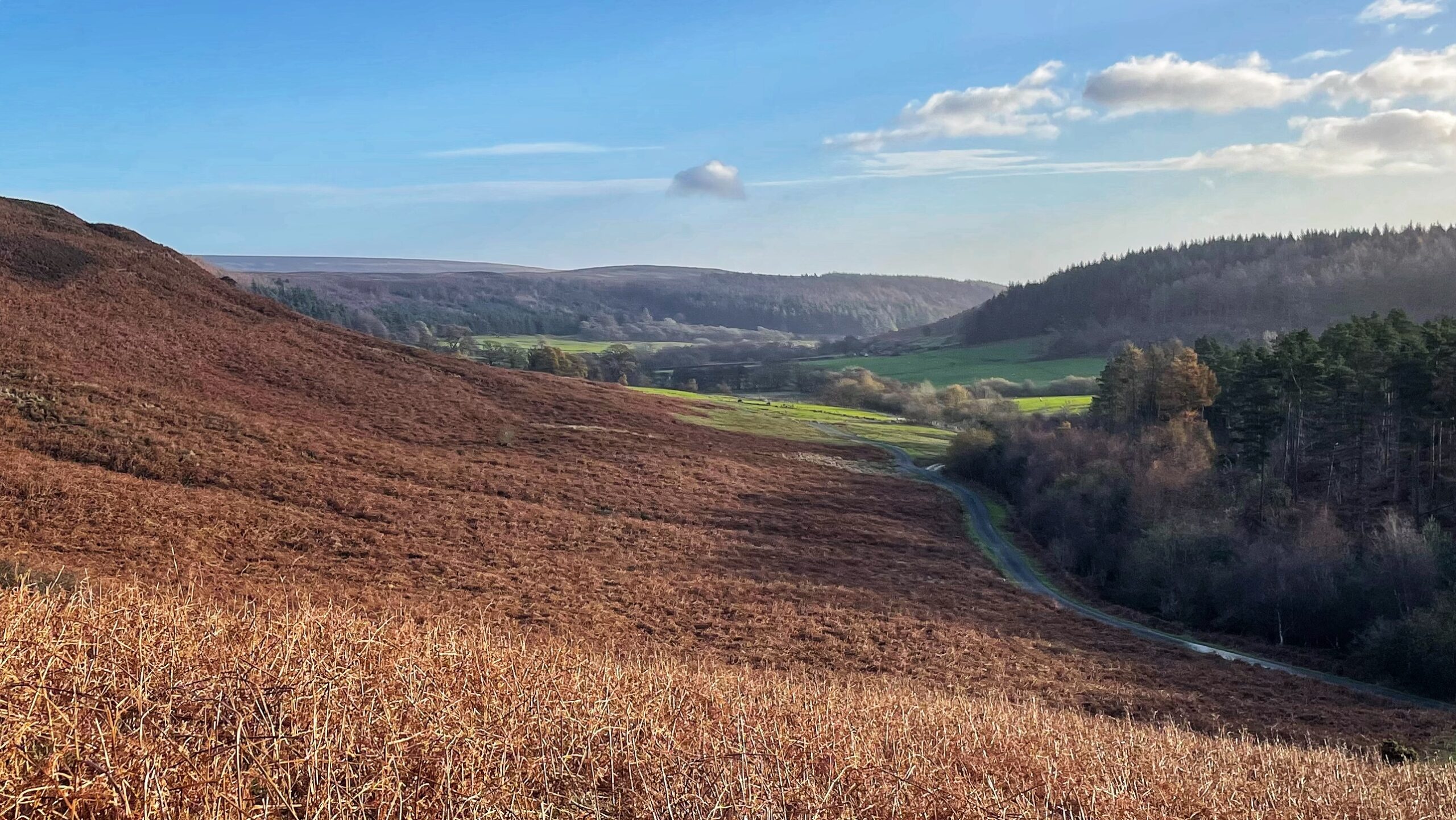
Winter Colour beyond Gribdale Gate
A photograph dominated by bracken in its dry, reddish-brown winter state. From Gribdale Gate, the narrow road winds down beside the beck which marks the parish boundary between Great Ayton and Kildale. In the shadowed south side of the dale, the conifers of Coate Moor plantation rule. This abundance of bracken across the northern slope…
-
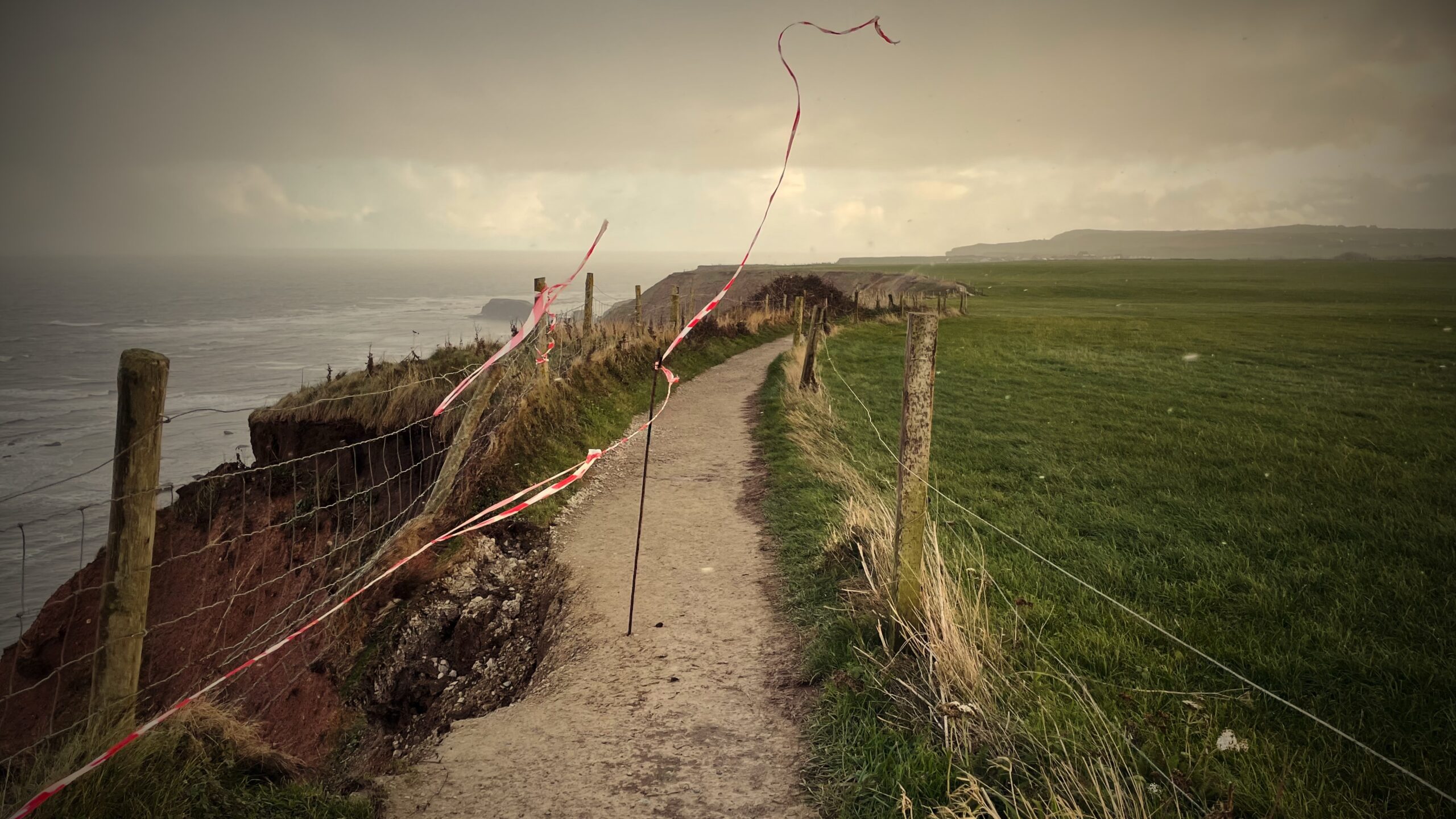
The Cleveland Way: A Slow March Into The Sea
One from Tuesday’s little jaunt to Whitby. I had fancied a stroll along the coastal path to Saltwick, though the weather had other ideas. A mischievous wind and a steady parade of squalls were doing their utmost to suggest that I might prefer to remain upright. The path here is crumbling with admirable enthusiasm. One…
-

The Tofts and the Wandels: Echoes of the Deserted Medieval Village of Danby
One of the most striking features of Danby Dale is its parish church, standing rather alone about three kilometres from the present village. Castleton and Ainthorpe sit a little closer, yet the church remains a solitary figure in the landscape. In the photograph, it can be seen just to the right of centre, north of…
-

Whitby’s East Cliff
A rare chance to wander through the nooks and crannies of Whitby, where every turn seems to ooze history. This view from the curiously named Kyber Pass looks across the Esk towards the jumble of red-roofed houses that appear to cling for dear life to the crumbling East Cliff. High above them, standing guard against…
Care to comment?
